Cellular Defects - Osteoblasts, Osteoclasts and Osteocytes
By: HWC
Date Uploaded: 05/18/2020
Tags: homeworkclinic.com Homework Clinic HWC Cellular Defects Osteoblasts astroid PTH Calcitonin osteoclasts Cytokines post menopausal Estrogen bone loss Multinucleated monocytes Osteocytes canaliculi
■ Metabolically active bone-building cells that secrete astroid. ■ Cover surfaces of newly formed bone and respond to growth stimuli ■ Less responsive to growth factors as the body ages. ■ Contribute to hone loss once their reproductive and biosynthetic potential lessens. ■ Multinucleated cells formed from fusion of monocytes in bone marrow. ■ Rest directly on bone's surface, where they resorb bone tissue. ■ Ruffled border unique feature of plasma membrane that faces hone surface. Acid and enzymes secreted between ruffled border and bone's surface digest collagen and matrix materials Hormonal influences ■ PTH • Stimulates bone resorption by osteoclasts, levels increase with age. ■ Calcitonin• Inhibits bone resorption by osteoclasts ■ Cytokines. Stimulate osteoclasts to multiply and resorb bone. ■ Estrogen. Inhibits the effects of cytokines; reduced secretion by failing ovaries increases the rate of bone resorption. ■ Synthetic estrogen is given to post-menopausal women to help prevent bone loss. ■ In aging bodies (post menopausal women, in particular), hormonal influences tip the scales toward increased resorption. promoting bone loss. ■ Mature matrix-maintenance cells that manage blood-hone nutrient and waste exchange. ■ Housed in lacunae and connected to other osteocytes via canaliculi ■Less active in aging adults.
Add To
You must login to add videos to your playlists.
Advertisement




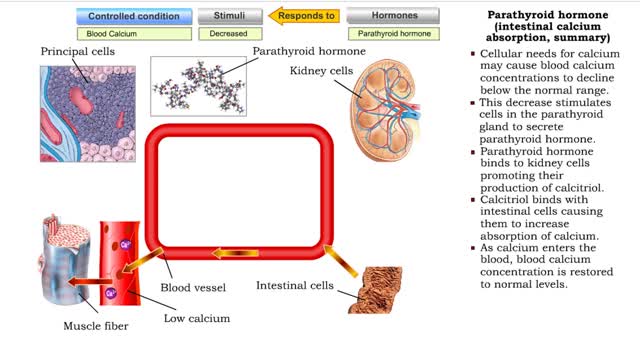
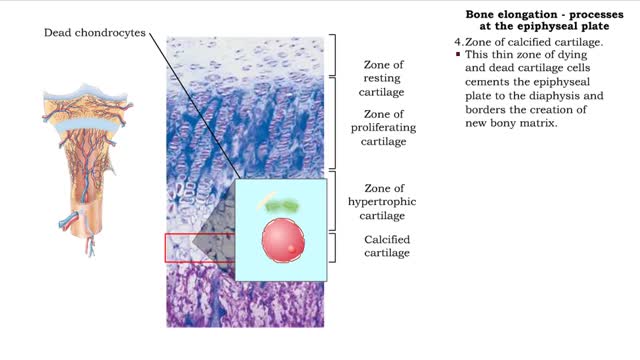
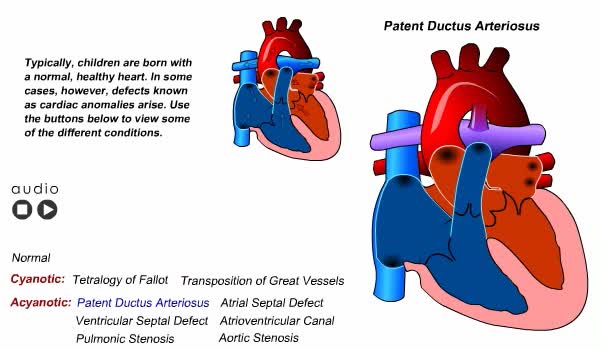
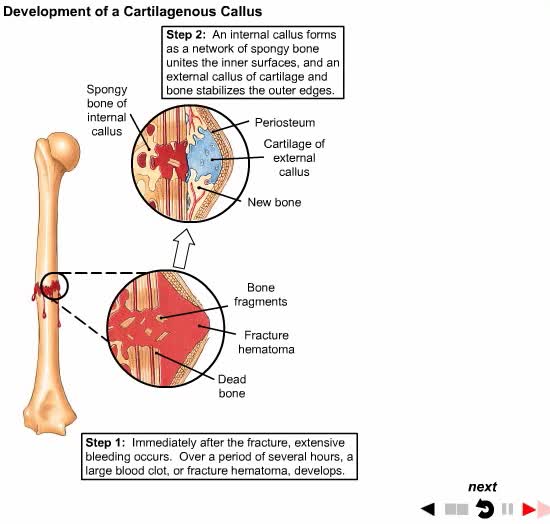

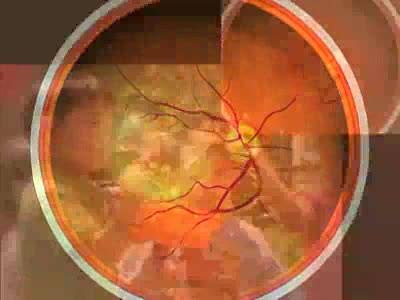


Comments
0 Comments total
Sign In to post comments.
No comments have been posted for this video yet.